Networking Zimbabwe with rail
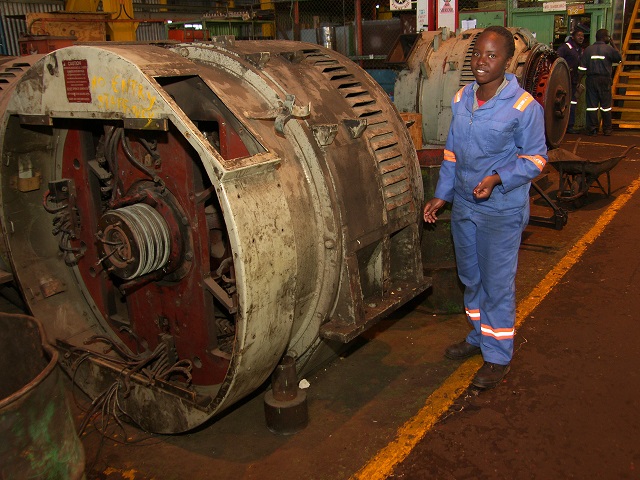
The development of the railways in Zimbabwe was directed by several considerations among which were a line to serve the mining and agricultural enterprises which were being established in the new colony and to link the country to sea ports.
Line construction started from Fontesvilla (55km from Beira) to Mutare in September 1892 and from Vryburg in Cape Province to Bulawayo in May 1893.
The Vryburg to Bulawayo line was completed in October 1897 and the line to Mutare in February 1898.
The linkup between Bulawayo and Harare was in October 1902 after the initial construction was disrupted by the Anglo-Boer war in October 1899 when materials had to be routed via the Beira.
The next stage of the rail development was northward which began in 1903 and reached the Democratic Republic of Congo border in December 1909.
Up to 1907, the system was operated by the Mashonaland Railways Company under the title Beira and Mashonaland and Rhodesia Railways.
However, from October 1, 1927, the Rhodesia Railways Company became the working company. From October 1, 1936, the Rhodesia Railways Limited became the owners of the whole Railway System in Zimbabwe and Zambia and the Vryburg- Bulawayo section.
The Vryburg-Ramatlhabama portion was purchased by the South African Railways in December 1959.
On April 1, 1947 the Rhodesian Government acquired the assets of the Rhodesia Railways Limited. On November 1, 1949 the railway undertaking became a Statutory body known as Rhodesia Railways. On July 1, 1967, the system was divided at the Victoria Falls Bridge with Zambia Railways in the north and Rhodesia Railways in the south.
Rhodesia Railways was renamed Zimbabwe Rhodesia Railways on June 1, 1979. This was changed to National Railways of Zimbabwe on May 1, 1980, after the attainment of independence. The NRZ system comprises 2 745 km of 1 067mm gauge track. It is a prime mover of import/export and transit traffic.
On October 22, 1983, the line from Dabuka to Harare was inaugurated to use electric locomotives.
The NRZ rail tracks which were installed many years ago are now in need of replacement to enable the organisation to continue with its role of contributing to the development of the country. Track renewal and refurbishment will be some of the projects covered under the proposed recapitalisation plan.

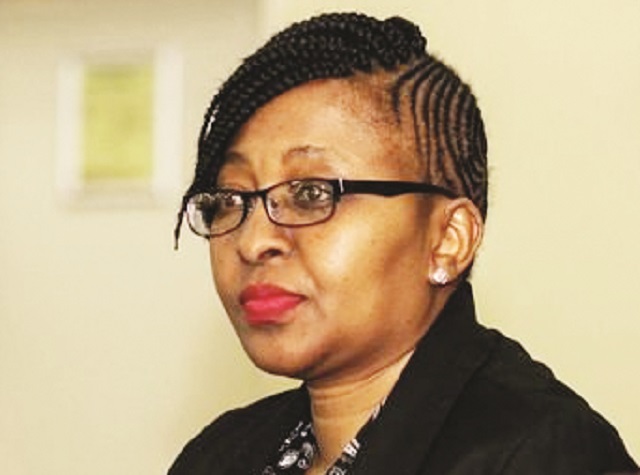
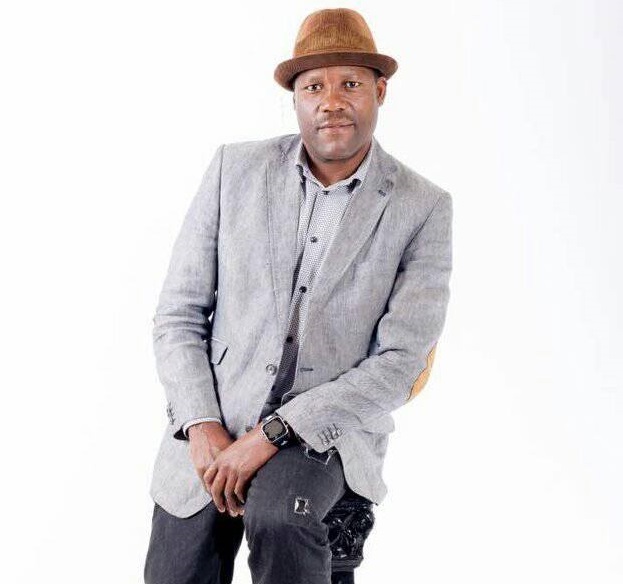
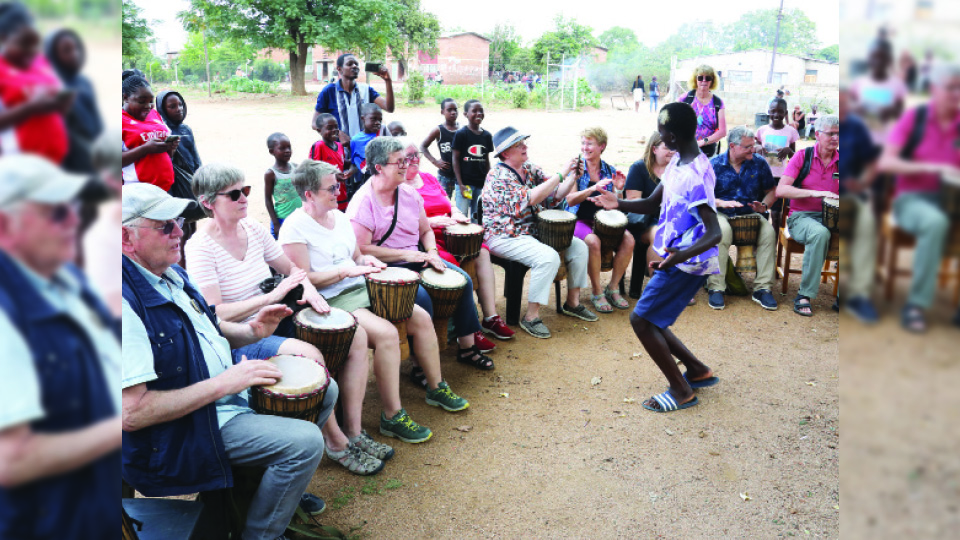
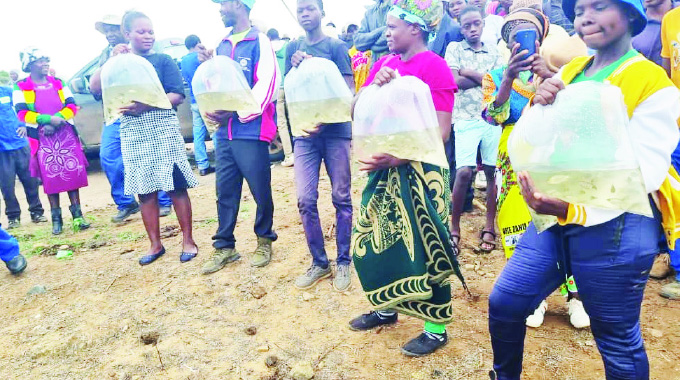
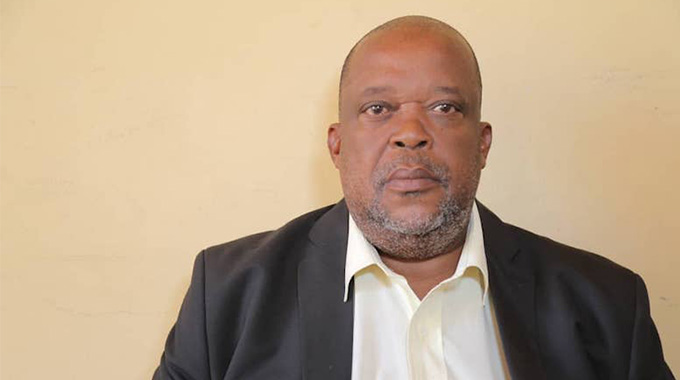


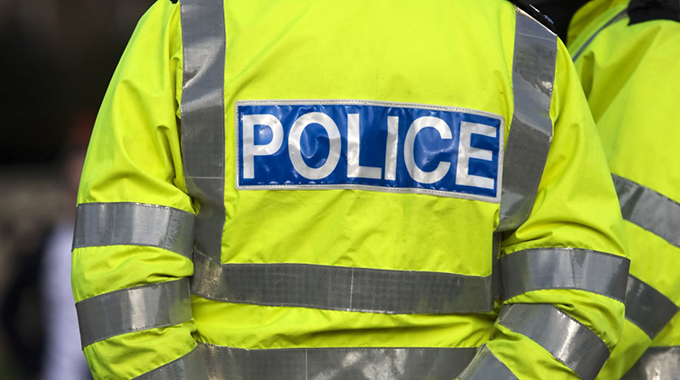



Comments